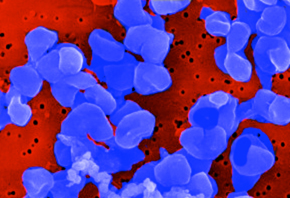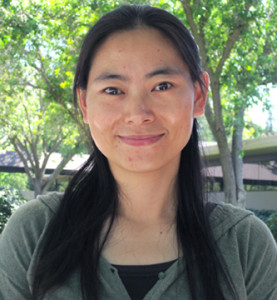Ultra-high throughput DNA sequencing platforms that allow researchers to sequence the genetic code of organisms at lightning speed for just pennies are enabling more focused genomic studies on a massive scale. One example involves the transcriptome, a tiny but complex fraction of the complete genetic sequence that is transcribed into different types of RNA molecules. These molecules provide researchers with information about what genes are turned on and off under various conditions, and what the functions of these genes are.
Researchers focus on the messenger RNA (mRNA), which transfer the genetic information from the DNA to functional proteins. The bulk of cellular RNA is composed of ribosomal RNA (rRNA), however, which researchers prefer to remove before sequencing to increase mRNA detection. There are several techniques to do this but, noted Phil Hugenholtz, formerly of the U.S. Department of Energy (DOE) Joint Genome Institute (JGI) and now director of the Australian Center for Ecogenomics at the University of Queensland, Australia, determining which method to use can be tricky.
“As a user facility, the DOE JGI is getting an increasing number of requests for metatranscriptomic analyses. Almost always associated with these requests are questions about what rRNA depletion methods should be used to enrich for mRNAs,” he said, adding that, “there is very little hard data on which method to use and most researchers base their decision on largely incomparable anecdotal evidence.”
To help researchers interested in submitting metatranscriptomic projects to the DOE JGI, Hugenholtz and his DOE JGI colleagues validated two popular rRNA removal methods used by researchers. The methods were tested using commercially available kits: Ambion’s MICROBExpress™ Bacterial mRNA Enrichment Kit and Epicentre’s mRNA-ONLY™ Prokaryotic mRNA Isolation Kit. The Ambion kit uses a technique called subtractive hybridization, which involves oligonucleotide probes that target rRNA sequences, while the Epicentre kit preferentially degrades processed rRNAs using enzymes called exonucleases.
Shaomei He, an Energy Biosciences Institute-funded postdoctoral researcher working at the DOE JGI and first author of the study published online September 19 in Nature Methods,said the validation study was prompted in part by researchers interested in having the DOE JGI conduct metatranscriptomic analyses and asking for recommendations on how to enrich the mRNA molecules. “When people use these methods there’s no systemic analysis to show if there’s an associated bias,” she said. “The two questions we wanted to answer in this project were: 1) how efficient are these methods at rRNA removal? and; 2) do they introduce any biases in mRNA?”
The team noted that both rRNA removal techniques have limitations. For example, said He, the hybridization kit uses generic probes that miss some bacteria and all archaea while the exonuclease kit also removes partially degraded mRNA. “Ultimately what you use depends on samples of interest and the biological question being asked,” she said.
He and her colleagues tested both rRNA removal methods using two artificial communities made by mixing RNA from multiple microbial species whose genomes had been sequenced, some of them at the DOE JGI. The first community was composed of five bacteria while the second community also included an archaeal species. They ran several trials using each method singly and in combinations.

Halorhabdus utahensis AX-2T (Scanning electron micrograph
provided by Manfred Rohde, Helmholtz Centre for Infection Research, Braunschweig)
One of the team’s findings was that rRNA removal efficiency depends on a combination of microbial community composition and RNA integrity. Another was that though some researchers favor combining both techniques, a process that can produce higher levels of rRNA removal, it also introduces a large skew in mRNA relative abundance.
The final outcome favors the use of the subtractive hybridization method by itself, which adequately preserved mRNA relative abundance for quantitative analyses, and He noted that researchers are already working on ways to improve the subtractive hybridization method. “The limitations of the commercial kit associated with its generic probes are likely to be overcome by a sample-specific hybridization approach recently developed by Ed DeLong’s lab at MIT, especially if the community is dominated by archaea,” she said.
Other authors on the paper include DOE JGI’s Kanwar Singh, Jeff Froula, Suzan Yilmaz, Susannah Tringe, Zhong Wang, Feng Chen and Erika Lindquist. Omri Wurtzel and Rotem Sorek from the Weizmann Institute of Science (Israel) also collaborated on the paper. [Download the Nature Methods paper.]
